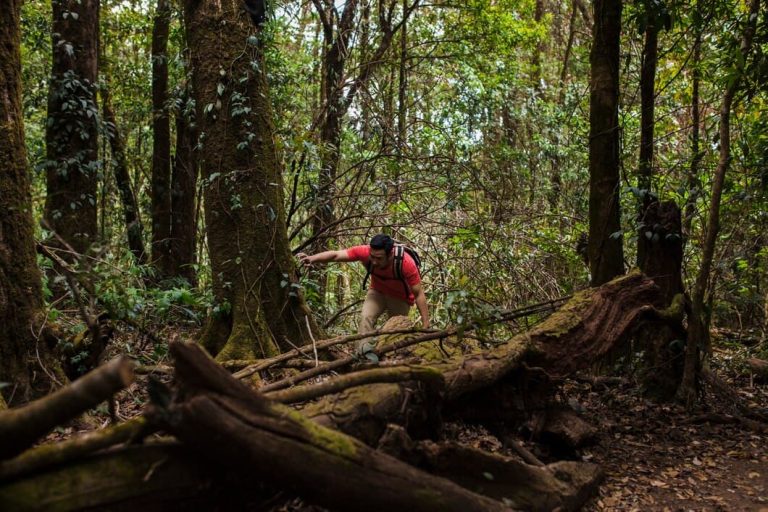Choosing the Right Tree for a Fresh Start
After removing a tree, the empty space it leaves behind can feel like a loss, but it also presents an opportunity for renewal. Selecting the right replacement tree is essential for ensuring long-term beauty, sustainability, and compatibility with the environment. Several factors influence the decision, including climate, soil quality, available space, and the purpose of the new tree.
Considering Native and Adaptable Species
One of the best ways to ensure a healthy, low-maintenance tree is to choose species that are native or well-adapted to the region. Native trees are more resistant to local pests, diseases, and climate fluctuations. They also support biodiversity by providing habitat and food for birds, pollinators, and other wildlife.
Trees for Shade and Cooling Benefits
If the removed tree provided shade, replacing it with a species known for its broad canopy can help maintain cooler temperatures in the area. Fast-growing options like red maple, tulip poplar, and northern red oak are excellent choices. These trees not only offer shade but also improve air quality and reduce energy costs by lowering the temperature around homes and buildings.
Ornamental and Flowering Trees for Aesthetic Appeal
For those looking to add beauty and seasonal interest to their landscape, flowering trees are a great choice. Species such as dogwood, cherry, magnolia, and crape myrtle provide vibrant blossoms and striking foliage changes throughout the year. These trees work well in gardens, along pathways, or as focal points in a yard.
Fruit-Bearing Trees for Practical Use
If the goal is to make the most of the space, fruit trees can provide both visual appeal and a practical harvest. Apple, pear, plum, and citrus trees are popular choices, depending on the climate. They require proper care, but with the right maintenance, they can produce fruit for years to come, adding both beauty and function to the landscape.
Drought-Resistant and Low-Maintenance Options
For areas prone to drought or those seeking low-maintenance landscaping, choosing drought-tolerant trees is a smart investment. Trees like honey locust, desert willow, and live oak require minimal water once established and can thrive in challenging conditions. These trees are excellent for sustainability and reducing water consumption.
Evergreen Trees for Year-Round Coverage
If privacy or wind protection is a priority, evergreen trees can serve as a natural barrier. Trees like arborvitae, eastern red cedar, and pine provide year-round greenery, offering shelter for wildlife and a visual screen against wind and noise. They are ideal for creating a structured and protected outdoor space.
Preparing the Soil for a Successful Planting
Before planting a new tree, it’s essential to prepare the soil properly. The previous tree’s roots may have altered the soil composition, leaving it compacted or depleted of nutrients. Removing large roots, aerating the soil, and adding organic matter can help create a healthy growing environment for the new tree.
Making an Informed Decision
Selecting the best tree to plant after removal requires careful consideration of the landscape’s needs and long-term sustainability. Whether the goal is shade, beauty, privacy, or a productive harvest, choosing the right species ensures a thriving and beneficial addition to the environment. By planting wisely, homeowners can enjoy the rewards of their new tree for generations to come.

